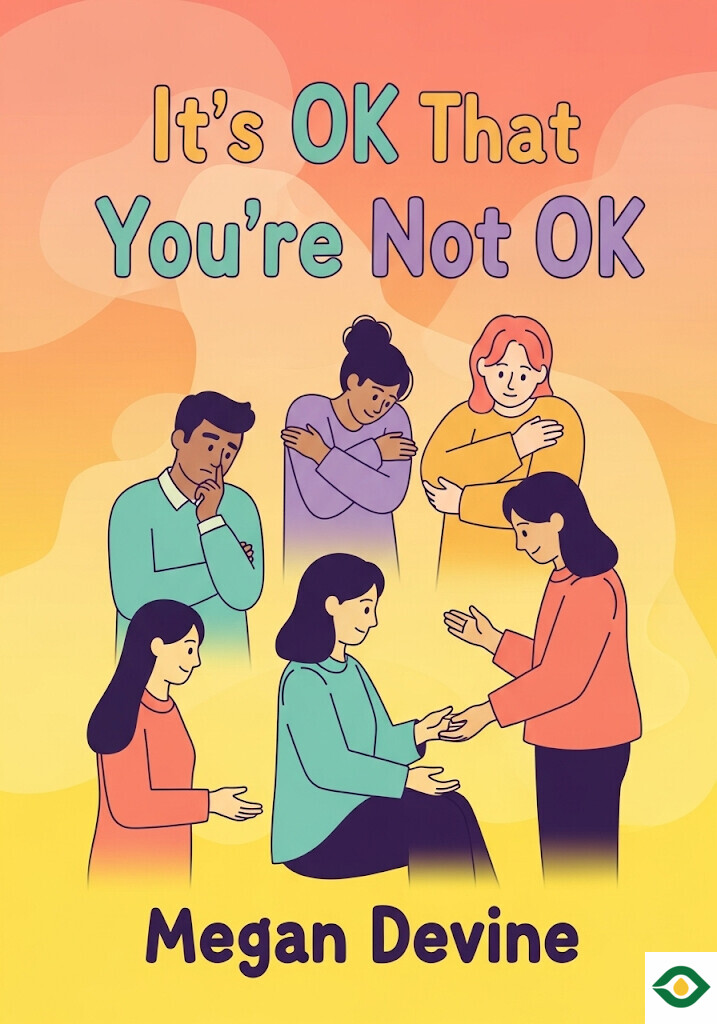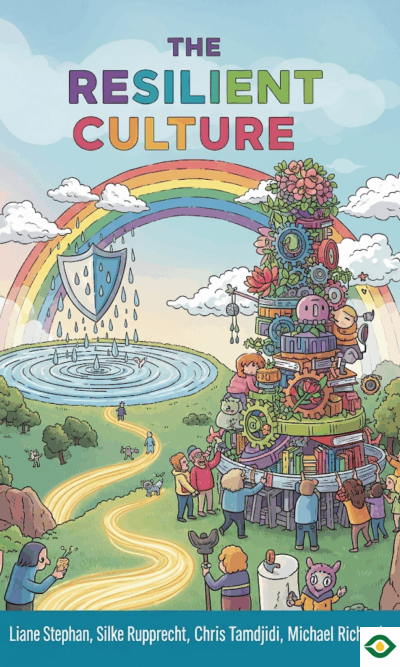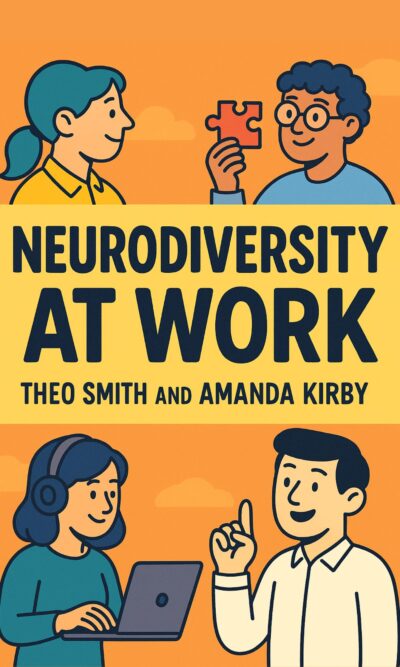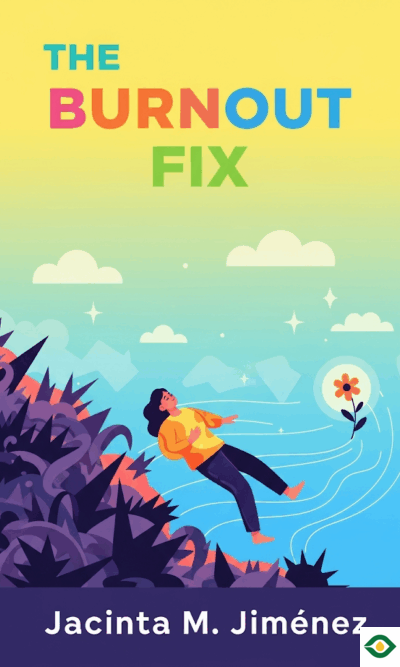Description
Grief is one of the hardest human experiences. It is not a problem to be solved, nor a sickness to cure. It is a natural part of life that arrives when love and loss collide. Megan Devine’s It’s OK That You’re Not OK explains why our culture misunderstands grief and offers a new way to live meaningfully while carrying it.
When someone dies, people around you often try to comfort with quick words like “everything happens for a reason” or “you’ll move on soon.” At first glance, these words sound helpful, but they can feel deeply dismissive. Grief is not something that fits into a neat timeline. It cannot be reduced to a few cheerful phrases or motivational sayings. The truth is simple: death is painful, and grief is real. It changes us, and we are not supposed to “get over it.”
One of the main messages of this book is that grief is natural. It is not a weakness or a mistake. Too often, society pressures grieving people to be cheerful again quickly, as if sadness is wrong. But in reality, grief is proof of love. When you love deeply, you will also grieve deeply. That pain shows the strength of the bond that has been broken. Instead of treating grief like a problem, we must honor it as a part of love.
Unfortunately, most cultures fail to support grieving people well. Many friends and family members do not know what to say. Some compare their own losses in an attempt to connect, but no two losses are the same. Others quote stages of grief, believing that people move through denial, anger, bargaining, depression, and acceptance in a straight line. In reality, grief is not a list of steps. It is unpredictable, messy, and personal. You might feel acceptance one day and crushing sadness the next. That is normal.
The book also highlights an important difference between pain and suffering. Pain is unavoidable in grief—it is part of losing someone you love. But suffering often comes from social pressure and expectations. For example, people might tell you to pack away belongings, remove a wedding ring, or “move on” at a certain pace. If you follow these pressures before you are ready, you may end up with regret and deeper wounds. That is unnecessary suffering. The healthier way is to give yourself permission to grieve in your own way, in your own time.
Grief is not just emotional; it also affects the body and mind. Many people notice brain fog, memory loss, or trouble focusing. Simple tasks like paying bills or finding keys may suddenly feel overwhelming. Others struggle with sleep, either unable to rest or waking from heavy dreams. Some experience physical symptoms such as headaches, stomach pain, or exhaustion. These reactions are not signs of failure—they are the body’s natural response to stress.
To care for yourself in grief, the book suggests taking small, gentle steps. Write down your feelings daily to track when you feel stronger or weaker. Notice which activities or people support you, and which drain you. Give yourself permission to avoid social situations that feel too heavy. Simple grounding practices, like counting your breaths or taking short walks, can help your body manage stress. Most importantly, do not be hard on yourself when grief makes life harder. Your mind and body are working to keep you alive through overwhelming pain.
Later in grief, something shifts. Time passes, though the loss does not disappear. Society often insists that grief lessens over the years, but in truth it can sometimes feel stronger with anniversaries or reminders. The reality is that you do not “move on” from grief—you move forward with it. The love remains, and so does the grief. What changes is how you live alongside it.
At this stage, the book encourages creating new meaning. That does not mean forgetting the person who died. It means weaving the loss into your life story in a way that honors love while still allowing new growth. One way to do this is by forming an image of recovery. Imagine what living with grief looks like for you in the future. Ask yourself: Which parts of grief am I ready to release? Which do I carry with me forever? What hope can I hold onto as I live my changed life?
Another step is to build honest conversations. This can be difficult, because many people do not know how to listen to grief without trying to fix it. Speaking openly may upset friends or family, but telling the truth about your pain is essential. Over time, you may discover who your real supporters are—those who can sit with your sadness without rushing you. These are the people who help you carry grief, instead of pushing you to bury it.
Through all of this, the book repeats one important truth: grief is not a sickness. It is not something to outgrow or move past. It is the natural shadow of love. If you feel lost, heavy, or angry, that is not wrong. It is part of being human.
In the end, grief teaches us about connection. You hurt because you have loved and been loved. The pain will always be there in some form, but so will the memory of love. When we stop pretending grief is a problem and instead treat it as part of life, we can live more honestly and compassionately. We can stop silencing each other with empty words and instead sit together, cry together, and keep going together.
It’s OK That You’re Not OK is not a guide to fix grief. It is a guide to living with it. It shows that the path forward is not about moving on, but about carrying grief with love and dignity. By embracing grief as natural, allowing ourselves to feel it fully, tending to our bodies and minds, and creating meaning with honesty, we can live a changed but meaningful life.





